In the last few weeks, I was invited to give a whole series of talks and keynotes at companies, founders and various entrepreneur associations. The audience included CEOs, executives and - budding - entrepreneurs. There are always really interesting encounters with people who want to improve their part of the world, solve problems, recognise and take advantage of opportunities, in other words, who want to get something going and do it. People who make a difference.
These events provide ample opportunity for stimulating exchange with fellow speakers, but especially with participants at the events. Often it is the questions that are asked in the unofficial part after my appearances, often between door and door, when I am almost gone again, that show me what people are concerned about in their work every day.
TOO LAZY TO READ ON? THEN LISTEN TO ME:
In the blogcast, I read this recent blog article to you. With emphasis, of course!
In our times of manifold upheavals, a lot naturally revolves around innovation, digitalisation, transformation, new ways of working and, at the end of the day, leadership culture. One question I hear particularly often: "If a (brand) story has to be true, how can I lead into the future with it? Everything I'm talking about doesn't exist yet ...".
This question shows me two things: On the one hand, more and more managers know that the days of gimmicky marketing gimmicks, transparent motivational slogans and hollow visionary talk are numbered, because people - whether in a company or outside - smell bullshit against the wind and turn their noses up at the heels. Authenticity is much more than a success factor in every respect; authenticity is a vital vitamin.
On the other hand, the realisation is apparently gaining ground that the right story is the best guiding star towards the future, especially since no facts are known about the future anyway. At least not to me. So something else must be found to drive us - much better still: pull us. In fact, a common history is the best and only thing that has worked so far. A story that is not about the brand or the company, but about our shared values and the better world we want to live in through them. The Compass of Values is the roadmap to the future.
Story leads to a better world.
Sometimes this better world does look like a better world. Sometimes it looks like an innovation programme, then again like a training concept, like a product or service idea, sometimes like a savings programme or like a playground for the local kindergarten, then again like mercenary corporations or like schoolchildren taking to the streets on Friday for climate protection. Our world will always look different in the future than it does today.
Change is usually a bitter pill that is difficult to swallow, because as soon as it is down, the familiar comes up, which may have been in our stomachs for a long time, but is still a part of us, known and familiar. Change smells sourly of effort.
A new, desirable goal , on the other hand, tastes much more refreshing! Especially when everyone concerned knows why the new thing refreshes him, because then he will not only be the addressee of a message, but its involved bearer, co-owner of the new world and not only its inhabitant, evangelist of the new hope and not only believer. Here we go!
Lead like Goethe?
When I talk about leadership of companies, people and brands, the sentence by Johann Wolfgang von Goethe that he said about raising children (i.e. leadership in special circumstances) always comes to mind: "Children should get two things from their parents: Roots and wings."
Starting in 1988, the Austrian grocery chain Merkur has written a wonderful success story that shows how such things can work.
In 1988, food retailing as a whole was far removed from today's quality standards, Merkur - at that time not yet part of the REWE Group - was a discount-type so-called hypermarket that had hardly anything to offer in terms of freshness since it was founded in 1969 - until the management decided to renew the entire concept and focus on freshness & quality, including fruit and delicatessen. That is no small goal! The entire Merkur formatwas relaunched and the bar was set high right from the start, packaged in the claim as a mission statement: "It's damn hard to be the best." This statement was complemented by the advertising figure Ano Nym, who, as a drawn silhouette of a man in a hat and trench coat, was the controller, who also always explained on the radio how customers can actually recognise freshness and quality - for example, by the sound a watermelon makes when you knock on its skin.
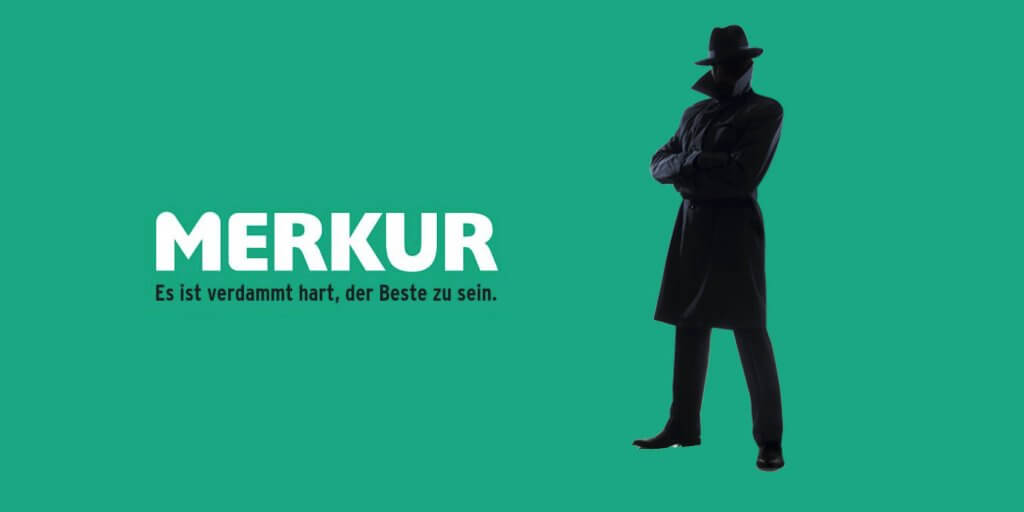
When it started, this campaign was undoubtedly much further ahead than the company itself, which certainly led to irritation both internally and externally, but more than that: it pulled everyone towards success. Because the common motivation to really be better than all the others, to get something completely new off the ground and to be part of a special, big project that sets Mercury apart from all the others, this force works first of all inwards, where the new has to start if it is to last.
Anyone who has the phrase "It's damn hard to be the best" written on their work clothes is automatically one of the best, one who knows her stuff; professional, superior and special. Bruce Springsteen would say "... tougher than the rest".
Anyone who writes something like this on the company headquarters, the markets, the trucks, the advertising subjects and the work clothes is making a verifiable statement of faith, they must mean it. Otherwise, the thing implodes and the claim is the first sentence in the story that reports the downfall.
What applies even more mercilessly today than it did in 1988 and before: "By their deeds you shall know them". The brand experience, the concrete experience, ultimately decides whether a story is believed and deserves success. Ano Nym and Merkur were happily united for 27 years, the claim became a winged word in everyday language, just like the advertising figure, often parodied, sometimes imitated, never achieved.
The power of a great common history that takes everyone along as a valuable part and lets them grow moves worlds and pulls them into the future.
How do we explain our world to the world?
Seen in this light, the attempts of cities and countries to manage their branding professionally make perfect sense, since most countries are like Mercury in 1988: one associates with most regions what is, and more often what was, but not what would be if what is is what should be: i.e. the future. Shortening clichés mostly dominate perception, sometimes they dissolve, but only when substantial changes occur.
The city of Linz has long been beaten below its value and reduced to its role as a provincial industrial workers' city. The aim was to get rid of this old underdog hat, which actually succeeded with lived renewal and accompanying communication and means much more than classic city marketing. Between Voest, Brucknerhaus and Ars Electronica there is much more than meets the eye. Not only the people of Linz know this by now.
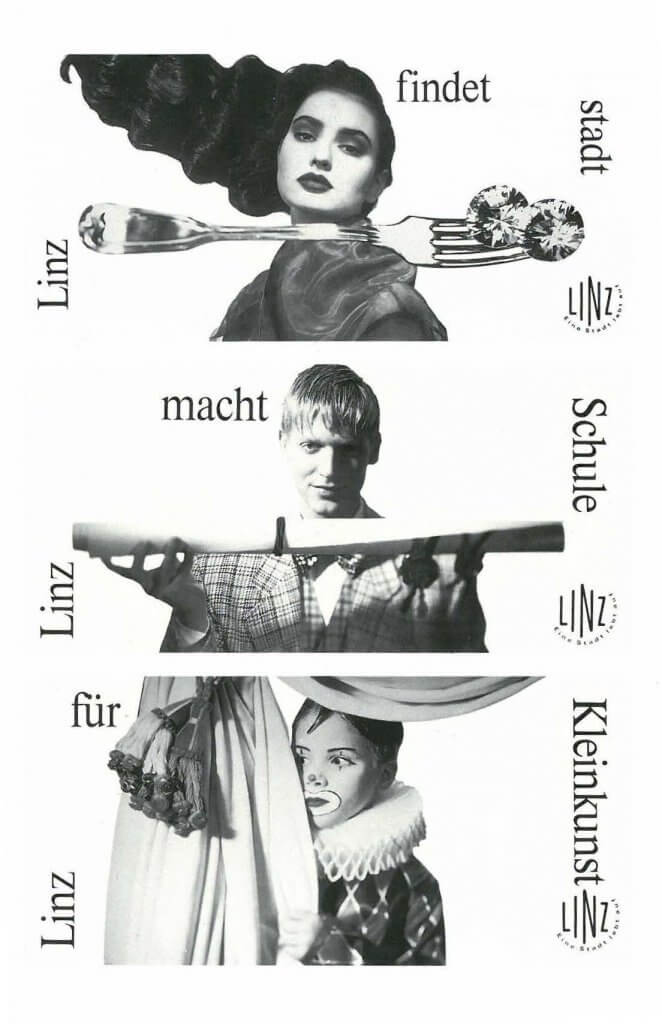
Through active change and communication, we now know about Israel's flourishing start-up scene, about the particularly happy Finns, the currently popular hygge domesticity of the Danes and the special design flair of the Swedes, while Italy is still associated with Italianità, which has hardly any useful relevance outside of tourist romance. And Austria moves to a waltzing beat between intact nature, old-fashioned imperial buffoonery and high cultural enjoyment, while a host of hidden champions succeed worldwide with innovations and economic power. The world loves Red Bull, but knows Austria for its Sacher Torte... Yes: "In the eyes of the public, we are not what we are, but what we are thought to be." Paul Lazarsfeld right hook hits mercilessly as always.
In the intensified global competition, not least in the location and employee market, such a finding can lead to chronic suffering if, for example, first-class specialists in search of the ideal employer do not even have Austria on their map, not to mention the saved destination in the navigation system.
The current efforts for a new Austrian nation branding are absolutely wise and right for this reason alone, even if the history of nation branding also shows internationally that the most lasting change of these projects can be seen mainly in the sparkling bank balance of the failed consultants.
I remember with a shudder having once sat on the jury for finding a regional brand of an Austrian province myself. For the description of the winning work, which I could not prevent, the best attribute must be - excuse my french! - shit will have to suffice.
Now the efforts in and for Austria have brought to light a new logo as the first published result, combined with the positioning statement "Austria connects worlds". There are different opinions about the design of the logo; I think it does not disturb our everyday life.
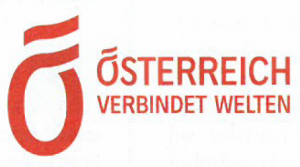
Story builds bridges to the future.
The positioning statement is obvious and has already been used again and again in various iterations - such as at the Eurovision Song Contest 2015 -so it definitely has roots in the Goethean sense.
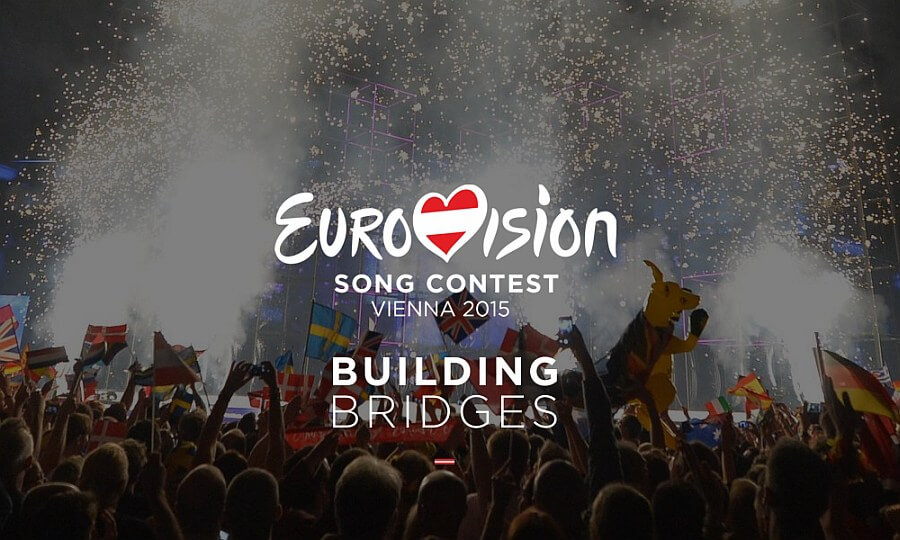
And "Austria connects worlds" also has wings - especially powerful ones! This claim can have an inward effect on various levels if it is brought to life - whether in efforts towards innovation leadership, which cannot function without collaboration between opposing worlds, whether in the expansion of the arts and culture sector, whether for the interplay of city and country, of ecology and economy, of traditional ties and pioneering spirit, in tourism anyway.
This story is set in the future. It gives hope and stands on the secure foundation of shared values and has the potential in the interpretation for everyone in the country to feel part of a great special project.
Later, reflecting the inner attitude to life vividly and powerfully to the outside world is then almost only a question of craftsmanship and the necessary budget to go with it.
That can really make a difference. That can move something.
Story as catalyst of zeitgeist and attitude to life
Significant characteristics of our time are insecurity and disorientation as the basic noise of the zeitgeist. Worldwide, the greed for individuality is growing to the point of narcissistic isolation, and opposing each other seems to be the officially announced direction of travel. Europe is spinning in a centrifuge that is hardly slowed down by the growing, sheer inscrutable power of China and the internet monopolists.
Against each other does not help the smallest community, does not benefit any country and certainly does not facilitate living together in the globalised society of our planet with the Global Village as its capital, the city with the most inhabitants on earth, the only city that has neither a municipal council nor a mayor.
In the long run, a counteraction cannot even be in the interest of its destructive operators, which they presumably know but ignore. Shareholder value for social politicians, so to speak.
As is well known, every trend is replaced by a counter-trend after a certain time, one way or another, sooner or later. (The fashion industry, among others, is clinging to this insight in view of the skinny jeans that have inhabited the bones of humanity for 15 years now ...). Thus, in my appearances as a speaker, I sense a swelling counter-longing for community and orientation - that is, for a common history that connects and guides us. Futurologists are already talking about compassion and resonance as success factors of the future.
Emerging initiatives such as Menschen.Würde.Österreich, Deutschland/Österreich spricht von Die Zeit und Der Standard getragen or Die offene Gesellschaft as well as the lively attendance at the events of these organisations speak for themselves.
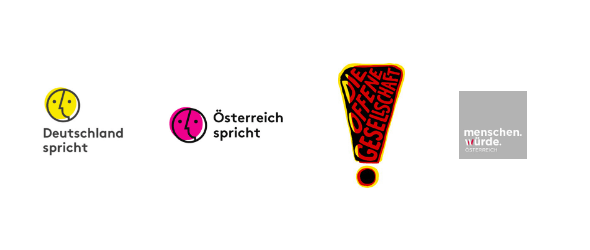
Connecting worlds, building bridges, strengthening the complementary - in one's own country and universally, this indeed has the potential to be a truly powerful brand story for a nation branding that takes its roots in the tradition it has experienced and to which the spirit of the times puts wind under its wings so that it takes off and is lived enthusiastically.
"Austria connects worlds" as a common history has the best theoretical prospects of success and is practically supported by the greatest necessity for society as a whole, both internally and externally. Worldwide.
However, this story has a not insignificant weak point: it is not true. Neither internally nor externally.
Story is more than just a tale.
If you look at reality, you will see that Austria has been the opposite of a bridge builder for months, so conspicuously so that there is ample earned media for it. A government whose claim to fame feeds on keeping away, closing routes, sending back, delimiting, excluding and banning, both internally and externally, does not lead a country to a bridge, but to at least one border. One can justifiably say that this is exactly what the current government was elected to do - which immediately deflates the brand story "Austria connects worlds".
The wonderful story, the common history, is thus transformed by the indomitable power of the brand experience into a so-called G'schichterl. It is true that the Austrian version of the main entrance, the back door, is a subcutaneous form of nation branding - Austria is also known as the land of the vague, the maybe, the sloppy, the "Passt schon!" for everything that doesn't fit but nobody cares about, as the home of the G'schichterl.
None of this can be in the spirit of the (inventors) of the mission statement, and so the chances are good that "Austria connects worlds" will indeed build a powerful bridge, and one between noise and defeat. Almost as if Mercury had helped the phrase "It's damn hard to be the best." through its own inability into life.
As I said: Authenticity is much more than a success factor in every respect, authenticity is a vital vitamin. More and more leaders know that, we all know that.
Regardless of whether it is a global corporation, an SME/small and medium-sized enterprise or a heroic lone fighter as an EPU - every person, every brand, every company, every society and every nation needs orientation via an authentic common story, at least one archaic value and the story activated by it, around which everything revolves. This story can, indeed should, be about the longing for a future as it should be. Then one can move towards it. Then there is a common goal - for companies, organisations and brands. The hope that tomorrow will be better than today is the yeast in our daily bread.
To the question: "If a (brand) story has to be true, how can I use it to lead into the future?" there is a very simple answer: "Only like this! If you know your roots and live your true values, then you have the most precise compass there is: your story.
So to all those who say, "It doesn't apply to me and my brand!", I would like to recommend those words that my grandmother, old Story Dudette, wrote to Ano Nym on his shopping list: "No Story. No Glory."
